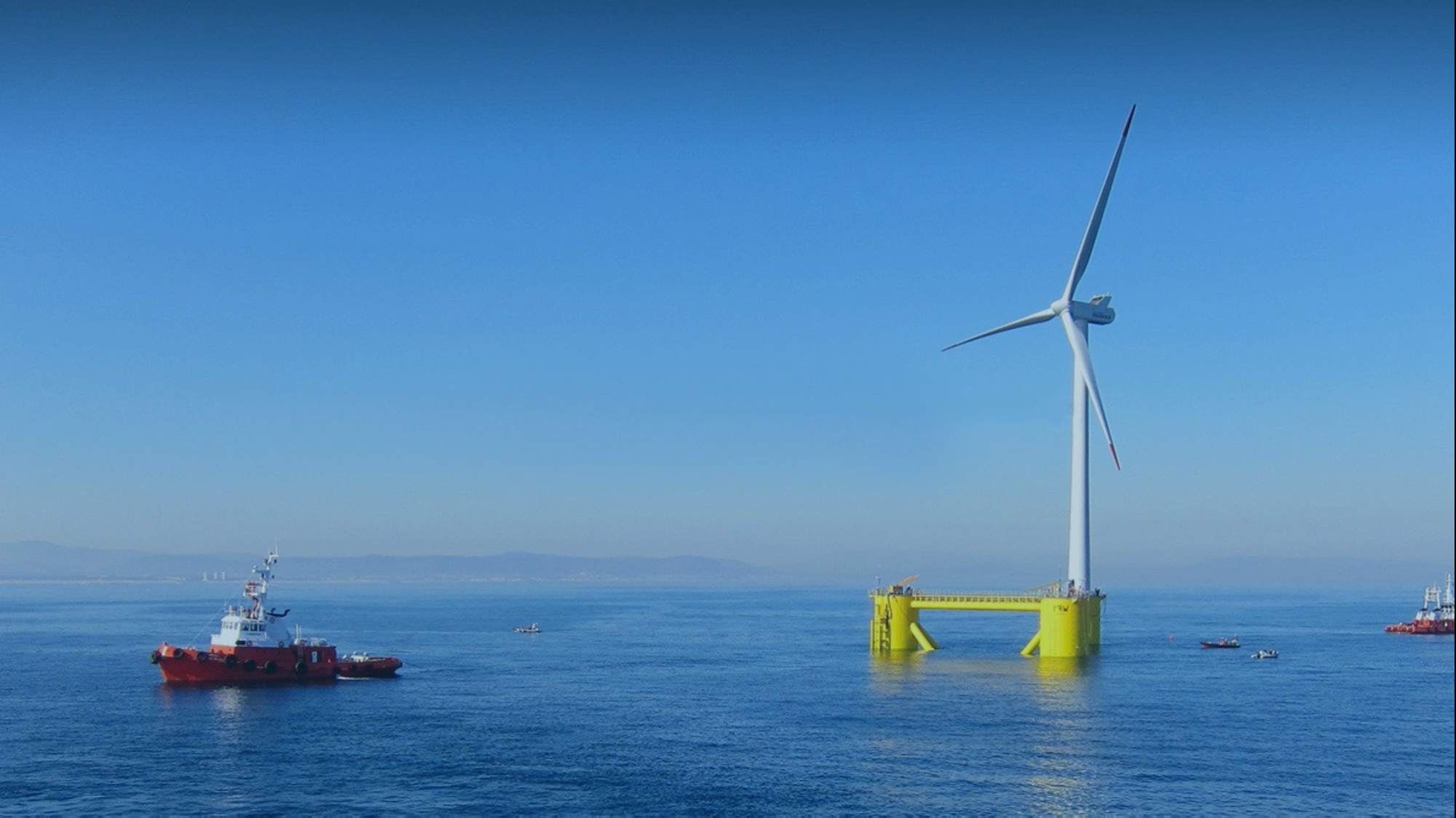
Article
Making floating wind bankable
A WORD ABOUT WIND, 23 April 2020
Clément Weber gives his views on why non-recourse debt has never been raised for floating offshore wind to date and how to release it.
Recent development of floating offshore wind and promising market prospect: will finance be the bottleneck?
In 1991, the first offshore wind turbines were built in front of the Vindeby town in Denmark. It took 10 years to build a first commercial size project and 5 more years before private banks were able to take construction risk on a non-recourse basis, financing the Q7 project in the Netherlands. This first “project finance” milestone in an industry which is now mobilising a billion euros a month from senior lenders was only made possible by a combination of factors: in-depth due diligence of the technology, protective contractual structure, strong insurance coverage and contingency planning, tailor-made financial structure and a specific focus on interface risks. The floating offshore wind sector follows a similar route, with the first prototypes installed 10 years ago, pilot wind farms now under construction, commercial wind farms under development and an extraordinary potential of multi-GW yearly installation post-2030.
Firstly, are we sure that the pioneering expansion of floating offshore wind is all that new? Floating platforms have been used in the oil and gas sector for decades and applying them to a mature offshore wind sector could be seen as part of the natural incremental innovation of the industry. After all, lenders have closed billion-euro scale financings for offshore wind projects using (for most of them) a combination of brand new turbine models with only a few prototypes in the water, massive vessels just out of the docks, XXL monopiles 20% larger than the immediate previous generation and/or new installation methods.
How to make a floating offshore wind project bankable?
Although it is undeniable that its proximity to the fixed offshore wind sector will ease the learning curve, the answer is that the finance community currently considers floating technology as more than a simple evolution within an established sector. Structuring a project to raise non-recourse debt for the first floating offshore wind projects therefore needs to be done in a way that makes banks comfortable to unlock a whole new sector in the face of “unknown unknowns.”
What it means is that in addition to the usual bank requirements for offshore wind, developers must ensure that the following structuring features are carefully considered:
1. General – keep it simple: raising project finance for the first floating projects is a major ask and projects need to balance the novelty with an otherwise robust proposal: strong sponsors, experienced supply chain, low country sovereign risk, skilled project team and proven technology for the turbine, and limited or no revenue risk.
2. Technical – pick a proven technology: the lenders will favour the most proven technologies with prototypes already in the water, developed by solid counterparties. Despite IP concerns, a particular focus will be put on the transparency provided to the lenders’ technical advisor towards the review of the technology. Developers and technology providers should be ready to provide data from the existing prototypes. This will apply to all aspects of technology novelty (mooring, dynamic cables, potentially vessels) and not just to the floating foundation.
3. Contractual – target a healthy structure without loopholes: contracts will have to be particularly protective.
– A limited number of construction contracts (2 to 6) are preferred.
– Full-scope, fixed-price and long-term O&M contracts must be in place from financial close.
– Terms and levels of liquidated damages and guarantees need to be high.
– The interface risk will be scrutinised, with a focus on any gap remaining between the foundation and turbine contracts.
– The commitment of the floating manufacturer to ensure valid production conditions for the turbine (inclination, etc) will be specifically scrutinised.
4. Financial – find the optimum: the overall finance structure should not be too aggressive. Ample contingency budgets will be required to cater for cost overruns, or heavier than expected maintenance, as well as standard reserve accounts and debt sizing ratios on the conservative side.
5. Insurance – don’t forget the other risk takers: despite a risk analysis similar to what is done by the lenders, the insurance market is largely independent, yet essential. A few very specialised insurance advisors that have played a major role to make offshore wind insurable can now educate insurance parties to floating and projects should involve them without delay.
Current appetite in the debt and equity market?
On the lenders side, the EIB, a couple of ECAs and a handful of commercial banks have already received narrow credit committee approvals to lend to the right floating asset. Some projects will not reach the “bankability” trigger. Other projects with a structure in line with the recommendations above will attract these lenders and others. Those will be financed under terms that will remain fairly attractive: long term tenor, 60-70% debt-to-equity ratio, circa 2% margin.
The future of floating is bright, and one may fear that the imbalance between this limited funding currently available for the very best projects and the tens of GW to be financed would lead to a bottleneck. On the contrary, we believe that the initial pool of lenders will expand in parallel with the development of the sector, as the feedback from the first transactions will filter unfounded worries from the real challenges.

